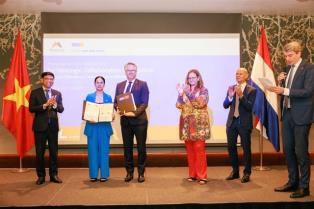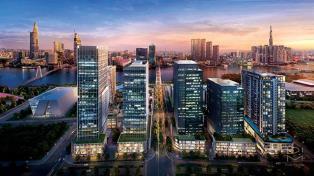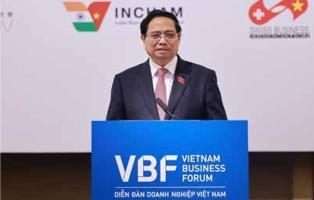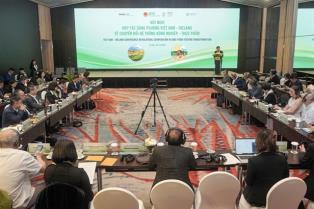The green transformation in logistics has moved from being a mere trend to an unavoidable imperative. It affects not only a company’s competitiveness, but also its very survival.
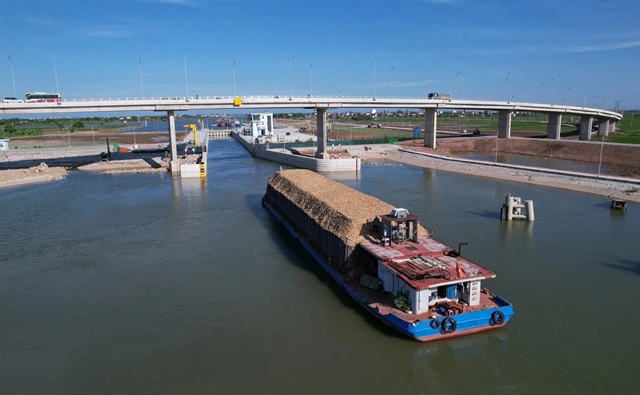
HÀ NỘI — Green transformation is not simply about environmental responsibility, but is also a smart approach to enhance competitiveness and ensure long-term survival in a rapidly evolving market landscape, according to experts.
The global economy is undergoing significant shifts. Trade routes are being restructured, supply chains reshaped and the demand for faster, more efficient logistics is growing.
Meanwhile, international regulations are tightening rapidly. From the European Union’s Fit for 55 Package, which aims to reduce carbon emissions drastically by 2030, to the International Maritime Organization (IMO)'s roadmap targeting carbon neutrality in shipping, logistics companies worldwide must 'green' their operations.
The green transformation in logistics has moved from being a mere trend to an unavoidable imperative. It affects not only a company’s competitiveness, but also its very survival.
According to Koen Soenens, board member of the Transportation and Logistics Sector Committee at the European Chamber of Commerce (EuroCham) in Việt Nam, the sector is under considerable pressure, especially as companies seek deeper integration with the European market.
As a representative from DEEP C Industrial Park and also representing the European business community operating in Việt Nam, Soenens also said logistics serves as the heart of the economy, connecting production, circulation and distribution. Yet, the industry must evolve rapidly to meet sustainable development goals.
European businesses operating in Việt Nam have begun adopting green initiatives, such as solar power installations in warehouses, eco-friendly delivery fleets and digital tools that optimise routes to reduce fuel consumption and emissions.
These efforts are not just temporary trends; they are strategic choices aimed at long-term efficiency and competitiveness, Soenens said.
However, challenges remain. Việt Nam’s logistics infrastructure is still fragmented, and inconsistent policies complicate widespread adoption of green practices.
Soenens has also stressed the importance of coordinated efforts among businesses, Government agencies and stakeholders to build a sustainable logistics ecosystem. With increased awareness, financing, skills development and policy alignment, Việt Nam can accelerate its green logistics transformation and establish a competitive edge internationally.
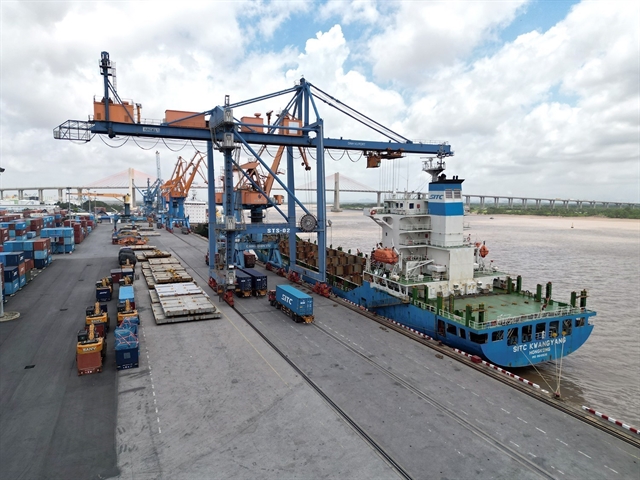
Hải Phòng, northern Việt Nam’s major customs gateway, illustrates how green logistics can drive regional economic growth. The city has sustained customs clearance growth above 10 per cent, positioning it as a crucial hub for future trade routes, including direct connections to northern Europe and the Mediterranean.
Trần Tiến Dũng, deputy chairman of the Vietnam Logistics Services Association and chairman of Hải Phòng Logistics Association, highlights the untapped potential of sea and rail transport in the region.
At present, road transport dominates, accounting for nearly 99 per cent of cargo movement and leading to inefficiencies and higher emissions.
To address this, Macstar Group has launched inland waterway transport routes linking Hải Phòng to Ninh Bình, significantly reducing transit times and expanding cargo capacity via the Nghĩa Hưng Canal, dubbed the 'Panama Canal of Việt Nam'. This waterway offers an open-airspace advantage, allowing larger vessels and more environmentally friendly transport options.
Macstar is also pioneering research into sustainable fuels like solar energy and green hydrogen for its fleet. Still, Dũng notes that Government support is crucial in issuing technical standards and guidelines to enable businesses to adopt these technologies on a larger scale.
Expanding beyond the Hải Phòng-Ninh Bình corridor, Macstar has introduced routes to Nghi Sơn and Vũng Áng, and plans to connect with Quảng Trị Province to facilitate trade with Laos via border gates. These initiatives represent a growing regional network prioritising efficiency and sustainability.
Australia’s green logistics journey also provides valuable insights for Việt Nam. Executive Director of the Australian Chamber of Commerce (AusCham) in Việt Nam Edwin Law explains that in Australia, green logistics is mandatory, not optional. Companies embed sustainability goals into their core strategies, investing in green transportation, renewable energy and environmentally friendly supply chains.
Technology plays a pivotal role. Australian firms use advanced digital platforms and automation to reduce energy consumption and costs while improving service quality. Many of these innovations have been successfully transferred to Việt Nam through partnerships and joint ventures.
Moreover, Vietnamese factories’ recent adoption of energy-saving measures and environmental standards signals a growing commitment to sustainability.
Law emphasised that such progress demonstrates Việt Nam’s dedication to net zero emissions, a goal achievable only through a collaborative ecosystem involving businesses, government and civil society.
Yap Kwong Weng, CEO of Vietnam SuperPort, a joint venture between Singapore’s YCH Group and Vietnam’s T&T Group, advocates for a multimodal, integrated logistics model to accelerate the green transformation.
Vietnam SuperPort combines air cargo terminals, bonded warehouses and cross-border transportation services to optimise efficiency and reduce environmental impacts.
Unlike conventional mass industrial parks, this approach leverages existing assets to create a structural advantage within regional supply chains. For example, where regulations permit, goods can be shipped directly from warehouse to aircraft, cutting transport time and emissions.
Vietnam SuperPort aims to achieve net zero emissions by 2040 through a roadmap that includes deploying renewable energy, automated warehouses, carbon-neutral materials and emissions-free operations. The company is partnering with international organisations like the International Finance Corporation to develop green infrastructure financing models, blending public and private funding sources.
However, Yap stressed that policy support and financial incentives are essential. Encouraging green finance mechanisms and blended finance structures will enable businesses to invest confidently in sustainable logistics solutions. — VNS

